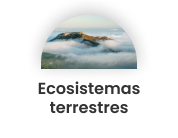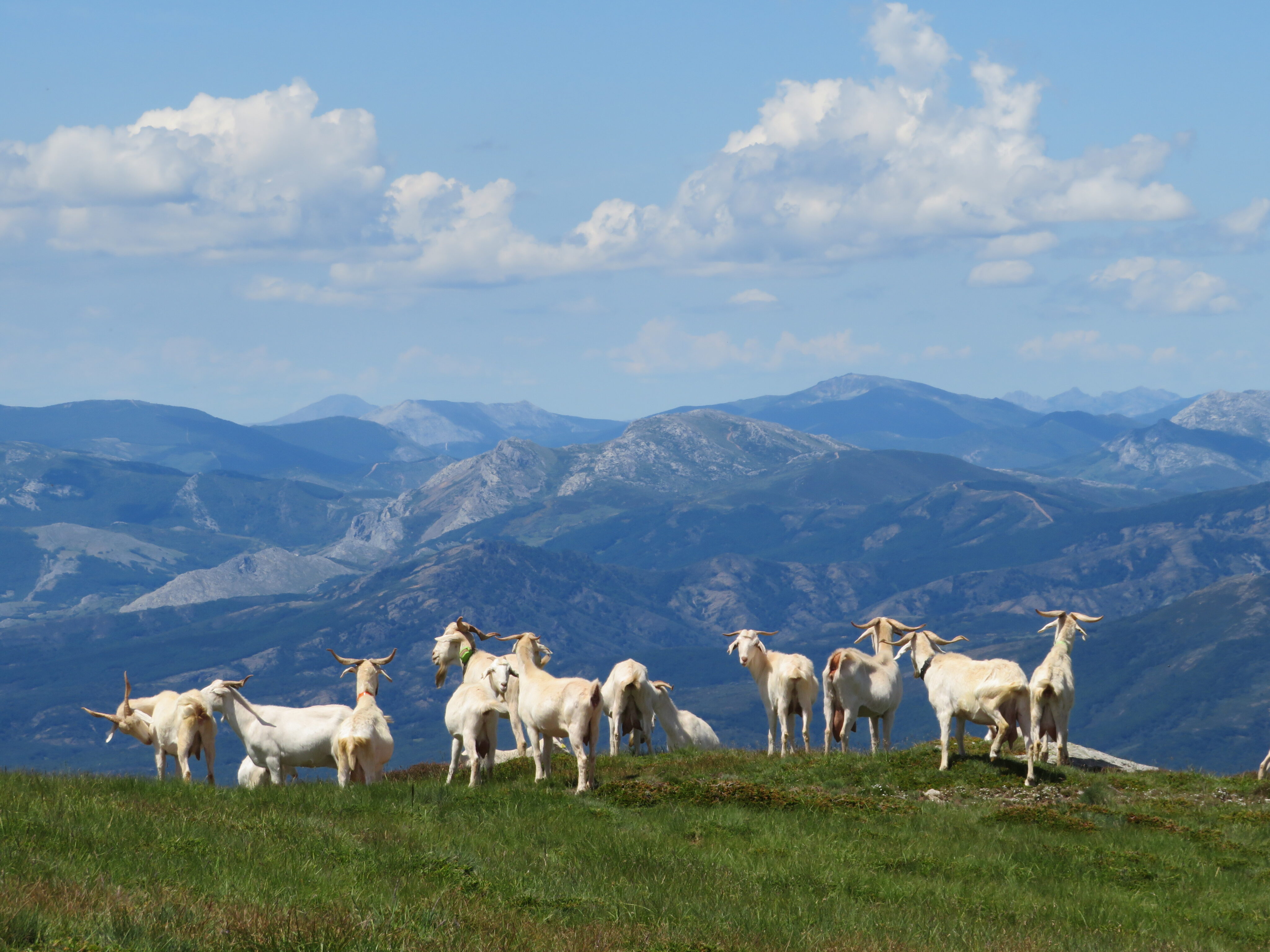
Research and reactivation of the forest bioeconomy in the communal lands of the municipality of Brañosera (REACTIVABRAÑOSERA).
PRTR Call for Proposals Project
Line of action:
Terrestrial ecosystemsStatus:
En ejecuciónLocation:
Palencia (Castilla y León)Geographic scope:
EspañaExecution date:
2024Duration:
10/02/2024 - 31/12/2025Typology:
Comprehensive mosaic/landscape multifunctionality recovery projectsTotal budget:
1,669,282.73 eurosAmount of aid from the Biodiversity Foundation:
1,585,818.57 euros (95%)University of Valladolid
Avila Foundation
Brañosera City Council
Brañosera has reduced its population by 89% since 1930, today it has about 250 inhabitants, 4 inhab/Km2. In this territory there are high quality natural resources in progressive abandonment and therefore seeing their capacity to support local employment fall. Recovering, with a modern and scientific vision, land management practices will enhance opportunities for entrepreneurship and job creation (through the professionalization of the local population in the bioeconomy) related to forest management and pasture management.
The continuity of ecosystem services, in decline due to changes in livestock and forestry management, will be guaranteed to benefit the local community by offering economic and sustainable development opportunities in a rural area with a large demographic decline. It will combine scientific study with direct intervention to improve the territory. It will boost productivity, transhumance, local employment and increase CO2 capture capacity. A balance is sought between environmental conservation and local development, generating a model that can be scaled to the rest of the Cantabrian Mountain Range.
It should be noted that the planting of berry- and fruit-producing tree species supports the conservation of the bear and the grouse. The recovery of landscape mosaic areas facilitates the conservation of both species because they need forest cover to seek shelter and food in autumn while they need open areas to supplement their food at other times.
To recover the multifunctionality of the mosaic of forests and grazing areas in the municipality of Brañosera in the Natural Park of Montaña Palentina:
- Scientific evaluation of the state of ecosystem services and improvement actions (herbaceous stratum 6 ha, shrub 1,300 ha and tree 100 ha), which also include evaluation and design of a management plan. Identify and evaluate peatland areas. Integrate goat herds and plant 10,000 trees.
- Evaluate the procurement of biochar, generate certified Voluntary Carbon Units (4500 tradable VCUs) and establish agreements with companies for the purchase of carbon credits (>3). To set up a grazing school, manage ecosystem services through a data visualization platform and generate a seal of quality for agri-food products from the Palencia Mountains.
The multifunctionality of the mosaic of forests and grazing areas of the municipality of Brañosera in the Natural Park of Montaña Palentina will be recovered through:
- Scientific evaluation of the state of ecosystem services and improvement actions (herbaceous stratum 6 ha, shrub 1,300 ha and tree 100 ha), which also include evaluation and design of a management plan. Identify and evaluate peatland areas. Integrating goat herds and planting 10,000 trees
- Evaluation of biochar procurement, generate certified Voluntary Carbon Units (4500 tradable VCUs) and establish agreements with companies for the purchase of carbon credits (>3). To set up a grazing school, manage ecosystem services through a data visualization platform and generate a seal of quality for agri-food products from the Palencia Mountains.


Research and reactivation of the forest bioeconomy in the communal lands of the municipality of Brañosera (REACTIVABRAÑOSERA).









 back to search
back to search